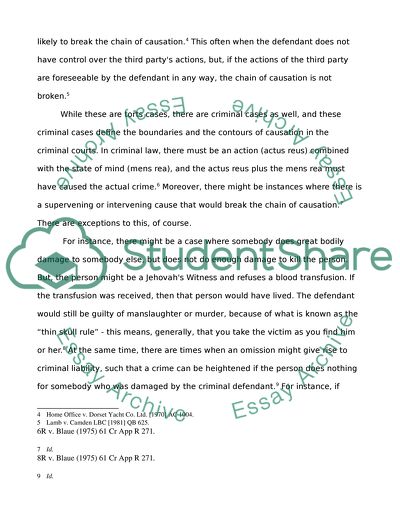Cite this document
(“Causation Essay Example | Topics and Well Written Essays - 1500 words”, n.d.)
Causation Essay Example | Topics and Well Written Essays - 1500 words. Retrieved from https://studentshare.org/law/1487913-causation
Causation Essay Example | Topics and Well Written Essays - 1500 words. Retrieved from https://studentshare.org/law/1487913-causation
(Causation Essay Example | Topics and Well Written Essays - 1500 Words)
Causation Essay Example | Topics and Well Written Essays - 1500 Words. https://studentshare.org/law/1487913-causation.
Causation Essay Example | Topics and Well Written Essays - 1500 Words. https://studentshare.org/law/1487913-causation.
“Causation Essay Example | Topics and Well Written Essays - 1500 Words”, n.d. https://studentshare.org/law/1487913-causation.


